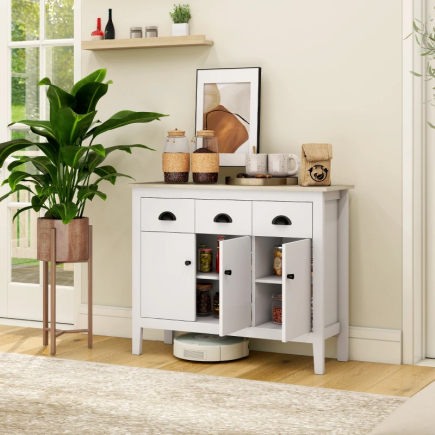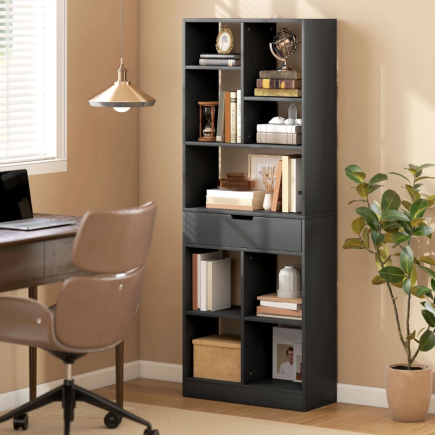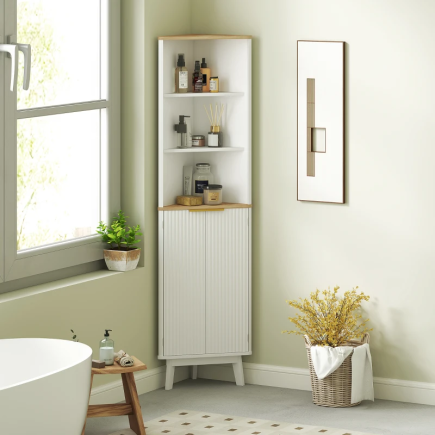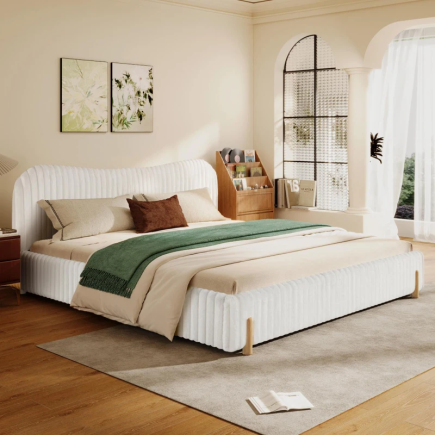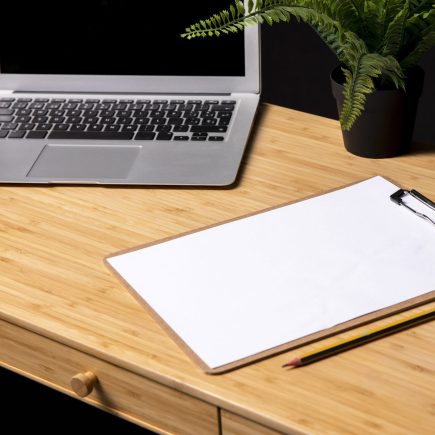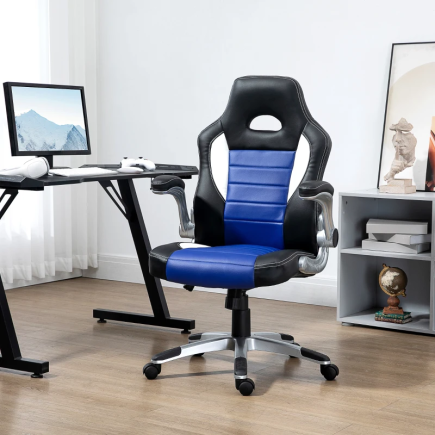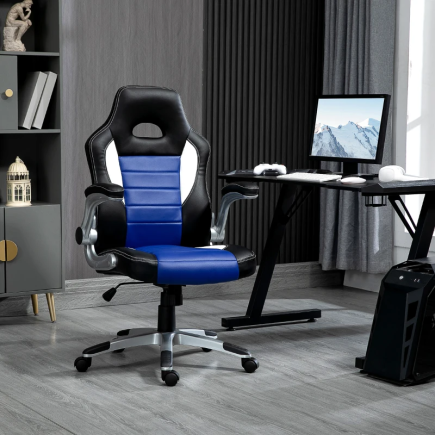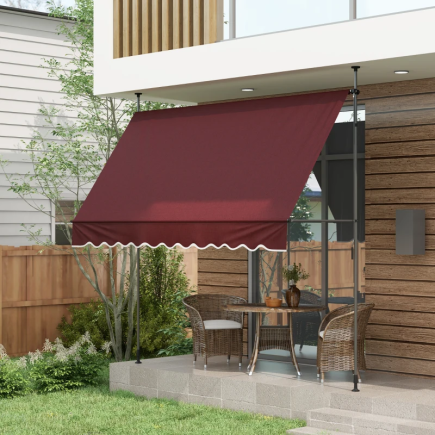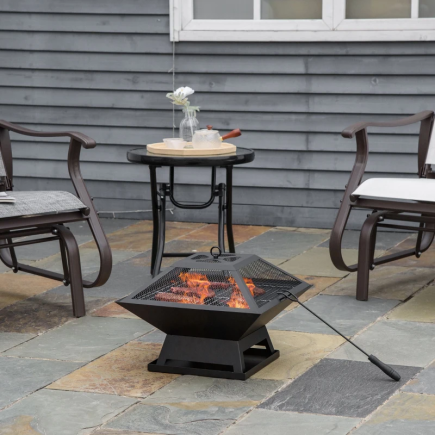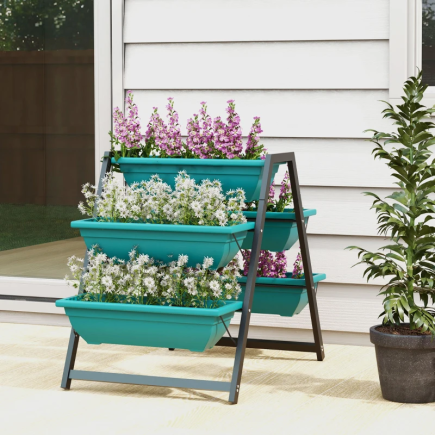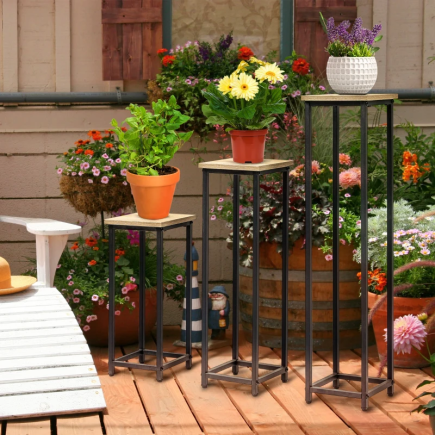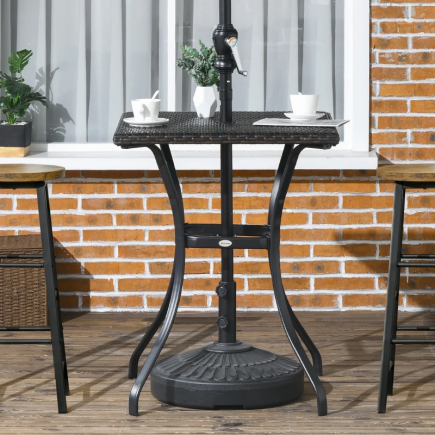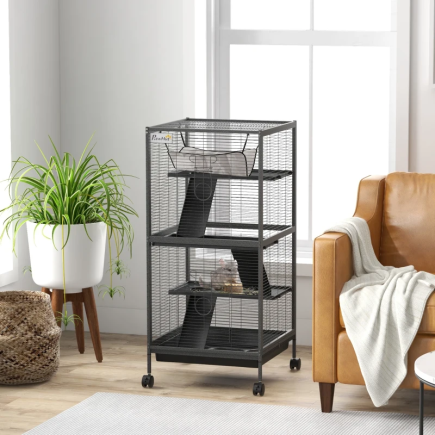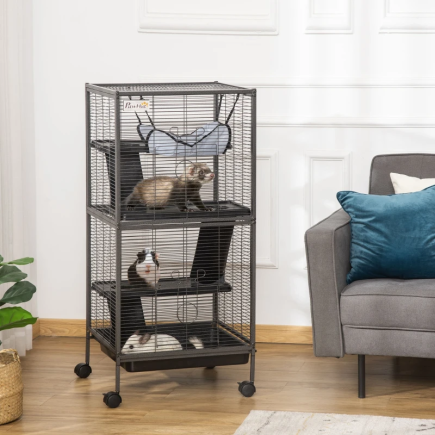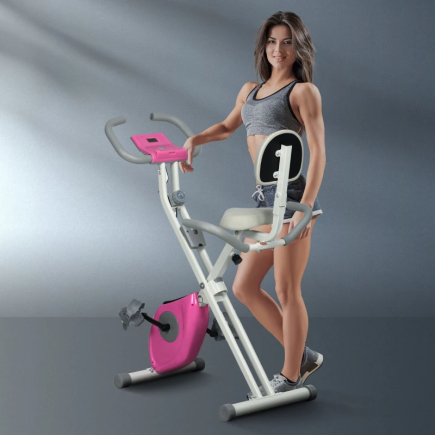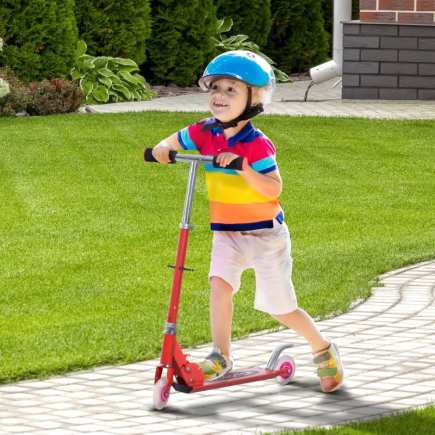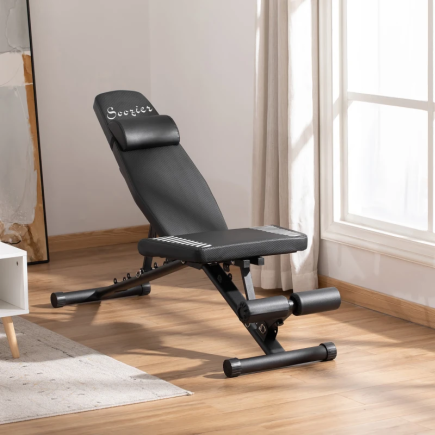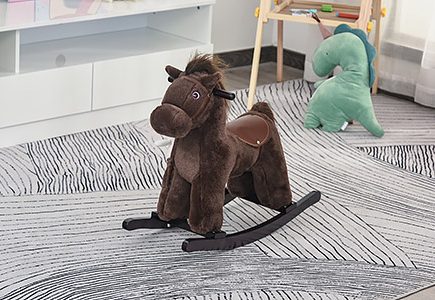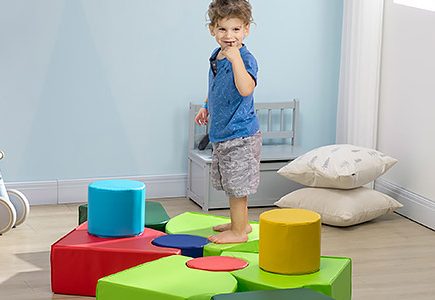
Cold plunge tubs are a powerful tool for wellness and recovery, offering many benefits like muscle recovery, improved circulation, and mental clarity. However, to maintain these benefits and extend the lifespan of your tub, proper maintenance is crucial. This guide provides detailed steps to ensure that your cold plunge tub remains in top condition, from water management and filtration to temperature regulation and cleaning.
1. Regular Water Changes

Changing the water in your cold plunge tub regularly is the most fundamental aspect of maintenance. Stagnant water not only collects debris but also can become a breeding ground for bacteria and algae. The goal is to ensure that the water is fresh and free from harmful microorganisms.
How Often Should You Change the Water?
Frequency: You should aim to change the water every 1-3 weeks, depending on how frequently the tub is used. If you have a lot of people using the tub, or if it’s exposed to outdoor elements (which can bring in more dirt and debris), changing the water more often is necessary.
How to Change the Water:
- Drain the tub completely: Make sure you remove all water from the tub. This ensures there are no contaminants or stagnant water left behind.
- Rinse the tub: Once the water is drained, rinse the tub with a mild detergent to remove any oils, dirt, or organic matter that may have built up
2. Cleaning Your Cold Plunge Tub

A clean Cold Plunge tub is essential for your health and the longevity of the tub itself. Routine surface cleaning should be done after every use, while deep cleaning should occur every 1-3 months.
Routine Surface Cleaning (After Each Use)
- What You’ll Need: Soft cloth, sponge, and a mild detergent or vinegar solution.
- How to Do It:
- Wipe down the inside of the tub with a soft cloth or sponge to remove body oils and residue.
- Use a mild detergent or vinegar solution to clean any areas with stubborn dirt.
- Rinse the tub thoroughly to remove all cleaning solutions.
Pro Tip: After each use, rinse off before entering the tub to prevent contaminating the water with body oils, dirt, or sweat. This minimizes the cleaning required after each plunge.
Deep Cleaning (Every 1-3 Months)
A deeper cleaning should be performed every few months, or more often if you notice the water quality deteriorating.
What You’ll Need: Non-abrasive cleaner or diluted bleach solution.
How to Do It:
- Drain the tub completely.
- Scrub the interior of the tub with a non-abrasive cleaner or diluted bleach solution to eliminate any residue, grime, or buildup.
- Rinse thoroughly to remove all cleaning agents.
- Dry the tub with a clean towel to prevent moisture buildup.
Pro Tip: Use a natural cleaning agent like vinegar or baking soda for tough stains or grime that’s harder to clean.
3. Filtration System Maintenance

The filtration system in your cold plunge tub is responsible for removing debris, dirt, and contaminants from the water. Regular maintenance is necessary to ensure the system continues to work efficiently and effectively.
How to Maintain the Filter
Weekly: Rinse the filter thoroughly with a hose to remove any visible debris or dirt.
Monthly: Deep clean the filter by soaking it in a specialized filter cleaning solution or simply rinsing it with a hose. Some filters may also need to be replaced every few months based on usage.
Replacement: Filters should be replaced according to the manufacturer’s recommendations. Most filters last between 3-6 months depending on frequency of use.
Skimming and Circulation
In addition to regular filter maintenance, skimming the surface of the water is essential. Debris like leaves, insects, and hair can quickly accumulate, clogging the filter and affecting water quality.
- Skimming: Use a pool skimmer to remove debris from the surface of the water. Skimming helps reduce the workload on the filtration system and keeps the water clean.
- Water Circulation: Ensure that the water pump is working correctly to keep the water moving. Stagnant water can lead to the growth of bacteria and algae, so proper circulation is essential.
4. Water Quality Management

Maintaining the proper chemical balance in your cold plunge tub is just as important as cleaning the tub and maintaining the filter. Proper water chemistry will help keep the water clear, safe, and comfortable to use.
Sanitization
While cold water inhibits bacterial growth, it’s still important to use sanitizers to maintain water cleanliness. Non-chlorine-based sanitizers like hydrogen peroxide or ozone-based solutions are ideal for maintaining clean water without irritating your skin.
How to Use: Add sanitizer after each deep cleaning or as needed, depending on the water quality.
Frequency: Follow the manufacturer’s recommendations for adding sanitizer.
pH Testing and Adjustments
Water that is too acidic or too alkaline can cause skin irritation and affect the tub’s materials over time. Testing and adjusting the water’s pH is crucial to maintaining the correct balance.
Ideal pH Range: The pH level should be between 7.2 and 7.8 for optimal water clarity and safety.
Testing: Use pH test strips weekly to monitor water chemistry.
Adjusting: Use pH increases or decreases as necessary to bring the pH back to the ideal range.
Alkalinity and Calcium Hardness
Alkalinity: The ideal range for alkalinity is between 80-120 ppm. Alkalinity helps stabilize the pH level, making it easier to maintain balanced water chemistry.
Calcium Hardness: Calcium hardness should fall between 180-220 ppm. If the hardness is too low, the water can become corrosive, damaging your tub’s interior. If it’s too high, scaling can occur, which may result in clogged filters and pipes.
5. Temperature Management

One of the key features of a cold plunge tub is the temperature of the water. Keeping the water at a low temperature is essential for maximizing the therapeutic benefits of cold plunging.
Insulating Your Tub
If your cold plunge tub doesn’t come with built-in insulation, you can insulate it yourself using foam sheets, blankets, or other insulating materials to reduce heat transfer.
How to Insulate: Wrap the tub with insulating materials or foam sheets to keep the cold in and the heat out.
Pro Tip: Use a lid when not in use to further reduce the risk of temperature fluctuations.
Adding Ice Blocks
In warmer months, you may find that the water in your cold plunge tub warms up too quickly. To keep it cold, add ice blocks, which will melt slower than smaller ice cubes, thus helping maintain a colder temperature for longer.
How Much Ice: Add 4.5–7 kg of ice for every 100-150 liters of water. Larger ice blocks will melt more slowly, ensuring the water stays cold for longer.
6. Using a Cover

Using a cover for your cold plunge tub offers several benefits, from keeping the water clean to maintaining the ideal temperature.
Benefits of Using a Cover
- Prevents Debris: A cover helps keep leaves, dust, and insects out of the water, reducing the need for frequent cleaning.
- Temperature Control: A well-fitted cover can help maintain the cold temperature by reducing heat exposure.
- Saves Time: By using a cover, you significantly reduce the amount of cleaning and maintenance required..
By following these comprehensive maintenance steps, you can ensure that your cold plunge tub remains in great condition, providing you with all the therapeutic benefits for years to come. Regular cleaning, proper water management, and temperature control will help you get the most out of your cold plunge experience.
If you’re interested in exploring more options, check out Outdoor Swimming Pools & Hot Tubs to enhance your outdoor living space.
FAQs
1. What can I do if my cold plunge tub smells unpleasant?
If there’s a bad odor, it’s often due to bacteria or organic matter in the water. Change the water, clean the tub thoroughly, and adjust the chemical balance. Regular use of sanitizers will help maintain freshness.
2. How Can I Fix cloudy water in my cold plunge tub?
Cloudy water often indicates a pH imbalance or dirty filter. First, check and adjust the pH levels. Then, clean or replace the filter if necessary, and consider changing the water if the issue persists.
3. How can I prevent my cold plunge tub from warming up too quickly?
Insulate the tub and use a cover when not in use. Adding ice blocks or using a water chiller will also help maintain a consistent low temperature.
4. How do I prevent algae growth in my cold plunge tub?
To prevent algae buildup, ensure proper filtration and maintain water circulation. Clean the tub regularly and change the water every 1-3 weeks. Use sanitizers like hydrogen peroxide to keep the water clean.

